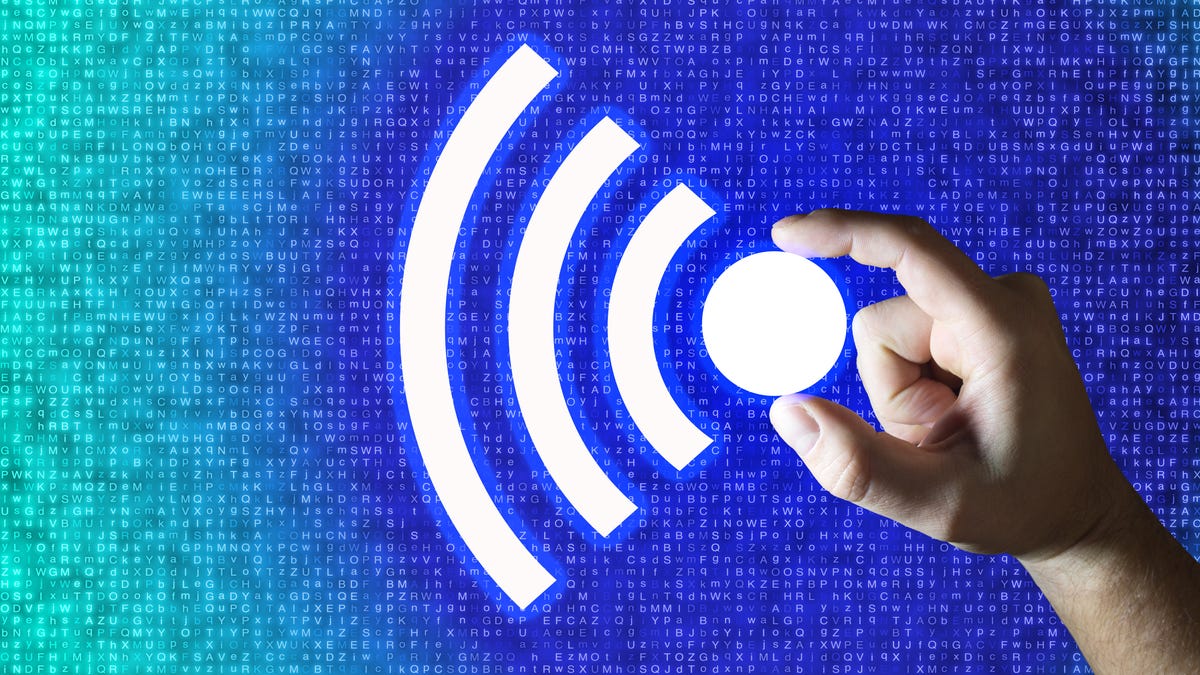A new technology, offering potential to revolutionise internet connectivity, is on the horizon. Dubbed Li-Fi, this system boasts advantages over traditional Wi-Fi, but its true impact on home broadband remains to be seen. So, what exactly is Li-Fi, and how does it work?
#
What is Li-Fi?
Light Fidelity, or Li-Fi, harnesses the power of light to transmit data. Unlike Wi-Fi, which relies on radio waves, Li-Fi uses light to create a wireless connection. This process promises speeds up to 100 times faster than Wi-Fi.
Research into Li-Fi dates back to the early 2000s. German physicist Harald Haas, along with his team, pioneered the technology by discovering the potential of light for two-way data transmission. Soon after, French company Oldecomm, a global leader in Li-Fi, began experimenting with the technology in 2008. In July 2024, Europe launched Ariane 6 into space, conducting four experiments, one specifically designed to test Li-Fi capabilities.
#
How Does Li-Fi Work?
Li-Fi functions as a Visible Light Communications system, utilising LED light bulbs as the core data transfer mechanism. These bulbs emit pulses of light, encoding information akin to Morse code. While these pulses are invisible to the naked eye, compatible devices can interpret and synthesise the information at remarkable speeds.
#
What Does This Mean for the Internet?
Wi-Fi, or wireless fidelity, debuted in 1996. Over the years, advancements such as Wi-Fi 6 and 6E, as well as the introduction of Wi-Fi 7 earlier this year, have transformed internet connectivity.
Li-Fi promises to further accelerate data transfer, delivering significantly faster speeds compared to Wi-Fi. However, speed is not the sole factor determining a wireless connection's quality.
The LiFi Group, a leading force in commercialising Li-Fi technology and its products, highlights other noteworthy benefits, such as enhanced security.
"Security is a key advantage of Li-Fi, as signals are confined to the illuminated area of the light source and cannot penetrate walls," a spokesperson from The LiFi Group told CNET. "This significantly reduces the risk of unauthorised access."
Theoretically, Li-Fi speeds could reach up to 224,000 megabits per second, proving particularly advantageous for smart cities, virtual reality, 4K streaming, and online gaming, where low latency is crucial. Since Li-Fi does not rely on radio frequencies like Wi-Fi, it eliminates electromagnetic interference. It may also be a safer option for home use, producing less radiation.
It's important to note that this technology is still in its infancy, and its true impact will only become apparent with full-scale real-world implementation.
However, there are key aspects to consider:
#
Pros
Speed: Light sources transmit data faster than radio waves, resulting in faster speeds.
Efficiency: Li-Fi leverages the power of LED light bulbs, making it energy efficient.
Security: Li-Fi technology minimises the risk of data interception by external threats.
Availability: Light sources are ubiquitous, increasing potential for internet connectivity.
#
Cons
Limited Range: The technology relies on light sources, confining connections to enclosed spaces. Large establishments and businesses may find it challenging to utilise.
Limited Compatibility: Being a newer technology, fewer devices are currently equipped to decode Li-Fi data.
Does Not Address Slow Internet Speeds from ISPs: Li-Fi cannot resolve slow speeds caused by service provider limitations or throttling.
#
Where Can I Find Li-Fi?
Li-Fi is currently in its research phase in the US and globally. Its impact on the internet may take time to materialise. Oldecomm projects mainstream market rollout between 2024 and 2029, although actual implementation will hinge on company investments.
Despite its nascent stage, Li-Fi is gaining traction across various industries. The LiFi Group identifies defence and government as key sectors benefitting from its secure data transfer capabilities. Aviation is also embracing the technology, with Spectrum Networks LLC in Fife, Washington, utilising it.
US companies are increasingly investing in Li-Fi research. VLNComm, based in Charlottesville, Virginia, is a leader in VLC technology and plays a pivotal role in Li-Fi development. Signify, known for its energy-efficient lighting products, also contributes to VLC technology through its North American operations in Bridgewater, New Jersey. Both companies are laying the groundwork for Li-Fi's future.
#
What's Next for Li-Fi?
The LiFi Group spokesperson indicates ongoing discussions with leading companies across various industries, including consumer electronics, automotive, telecommunications, and logistics. "The growing demand for innovative connectivity solutions, particularly in environments where traditional wireless technologies face limitations, will likely drive more companies to explore and invest in Li-Fi in the near future," they stated.
#
The Bottom Line on Li-Fi
Li-Fi technology presents a promising alternative to Wi-Fi, potentially benefitting numerous industries. However, it's too early to declare it a complete Wi-Fi replacement. The technology's impact on wireless connectivity requires time and tangible evidence. Li-Fi remains a promising development, with growing company interest in research and development. We will continue to monitor progress in this evolving technology.

